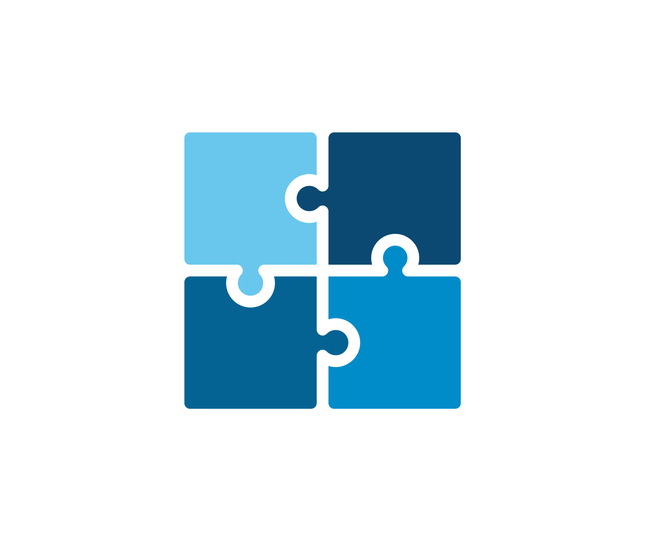Editor’s note: Rex Repass is president, Research America, Cincinnati.
User experience research provides insight into the end-user experience of a product or service. When UX research is done, you’ll be able to give users what they’re looking for because you can discover what they want. While it's helpful to get these insights to guide the process early, it is important to focus on and learn from all UX design touchpoints.
Four research touchpoints
 Discovery phase
Discovery phase
The discovery phase is about finding collaborators and champions for your design. This is the time when you should be talking to experts and users to learn from others' success stories as well as their mistakes. It is critical to involve your project stakeholders, both internally as well as key customers. The primary objective at this phase is to identify and get ahead of potential problems to make systematic improvements. Some of the approaches I have found to be insightful are user interviews, field studies and diary studies.
Exploration phase
The exploration phase is about making sure the design is working well based on user needs and expectations. There are three critical objectives in the exploration phase:
- Define the target audience(s) for the product, app or technology.
- Understand the needs of those audiences and to map them to features of the design.
- Consider different user contexts.
Some approaches for this phase include UX task analysis, journey mapping and competitive analysis.
Testing phase
The testing phase's primary objective is to determine what is working and what needs enhancement within the design. At this phase, optimizing navigation, instruction, FAQs and the help function are key. It is important to track usability over time to understand how users learn and adapt their behaviors. It is crucial to be concerned about privacy, so during this phase ensure that the product or app can keep user information secure. Some approaches for this phase include usability studies (in-person and remote) and accessibility studies.
Listening phase
The objective of this phase is to understand user frustrations, issues and successes to optimize and reduce the need for training. At this phase, it is important to identify and recruit users to participate actively in future research and testing. It is vital to monitor users once your product has launched to identify issues that may not have been present during design. Some of our approaches at this phase include analytics review, SEO analysis and social media monitoring and analysis.
Continuous learning
Whether you want to increase conversion rates, boost brand loyalty or reduce calls to customer service, UX research can deliver the insights you need to create the best solutions. Through continuous learning and refinement of your user's experience, it ensures your product, app, or technology will stay relevant and valued by the market.
If you work with a research firm, be sure to find one that is not only focused on providing a return on your investment, but one that can really narrow in on the end user and find out exactly what they are looking for with your product.
